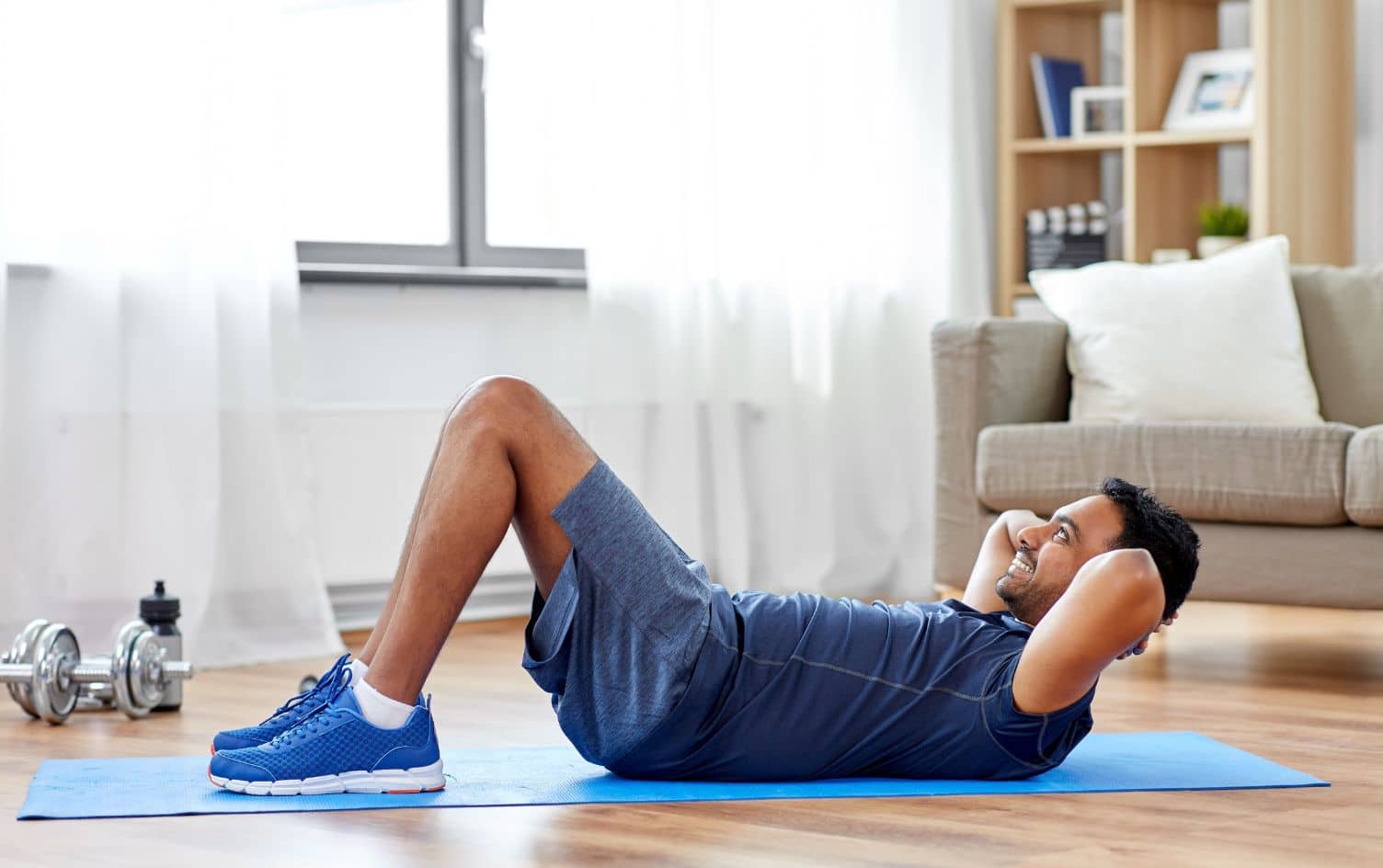Although it can sometimes be tough to fit regular workouts into a busy week, seeing exercise as preventive medicine may help shift your priorities.
Increasing physical activity can help with getting leaner and building muscle, but consistent exercise is about much more than outward transformation. Much like weight loss can improve your health risk levels, exercising can do the same.
Here are five chronic conditions affected by regular activity:
DEMENTIA
Could exercise really head off cognitive impairment as you age? Several studies suggest exactly that, noting that people who exercise in midlife can significantly reduce their risk of dementia and improve cognition overall.
That’s because exercise can help you maintain volume in your hippocampus, the part of the brain associated with memory and learning, as well as emotion. As you age, that part of the brain shrinks, and that may contribute to difficulty with recall, information processing and motor skills. Exercise can also improve cardiovascular and metabolic health, which are both important for brain function.
In a recent study published in the medical journal Neurology, researchers found women with high cardiovascular fitness levels had an 88% lower risk of dementia than women who were only moderately fit.
SOME CANCERS
In general, exercise strengthens the immune system, regulates insulin and hormones and may prompt weight loss. Those effects can have a profound impact on your ability to mitigate risk of 13 specific types of cancer, according to the American Cancer Society.
Based on a recent study, the organization notes that even a leisurely amount of physical activity can significantly decrease risk of cancer in the colon, breast, kidney, esophagus, stomach, blood, bladder and lung, among others.
The study’s co-author, Alpa Patel, PhD, of the American Cancer Society, says you can get these anti-cancer protective effects with at least 150 minutes of moderate intensity exercise or 75 minutes of vigorous activity weekly. That might be as easy as walking briskly on your lunch break every weekday for 30 minutes, Patel says.
OSTEOPOROSIS
Bone density changes as we age, and that can lead to osteoporosis, a chronic disorder that affects 1 in every 3 women and 1 in every 5 men over the age of 50. The condition can hugely impact quality of life, by increasing risk of fractures and fragility.
One strategy that can help is lifting heavy things. Studies have noted that weight-bearing exercise can increase bone mass density, even in those who are already diagnosed with osteoporosis.
According to the International Osteoporosis Foundation (IOF), bones change when they are stressed, just like muscles do. When they’re forced to bear more weight than they’re used to, bones respond by becoming more dense. This can happen at any age — the IOF notes that physically active young girls gain about 40% more bone mass than their peers who are minimally active.
The foundation recommends exercises like jumping, resistance training and weight training, as well as some balance and coordination drills.
DEPRESSION
Another significant benefit to regular exercise is the profound impact it can have on your emotional health — even from a seemingly small amount of activity. One comprehensive, international study found just one hour of exercise a week can help prevent depression, regardless of age.
In the research, people who did no exercise at all had a 44% increased chance of developing depression compared to those who were exercising one or two hours per week.
Although those researchers are still trying to determine why this protective effect might occur, other studies have suggested exercise raises levels of neurotransmitters like endorphins and hormones like serotonin, which both prompt greater feelings of well-being.
ARTHRITIS
Just as exercise helps muscles and bones, it can also be hugely beneficial for your joints. According to Johns Hopkins Arthritis Center, regular physical activity can keep muscles around the affected joints strong and replenish lubrication to cartilage around the joint. That helps reduce stiffness and pain as well as inflammation.
It doesn’t even take much to make a difference. The Arthritis Foundation notes that as little as 30 minutes of moderate intensity exercise five times a week helps joints stay limber and strengthens the muscles that support and stabilize your knees and hips — so, that brisk lunchtime walk can not only reduce cancer risk but also keep your joints happy, too.
THE BOTTOM LINE: GET MOVING
Knowing how much you’re doing for your health through exercise can be useful if you’re just getting started and have yet to see other results, like weight loss, better endurance or more strength.
The key is to gradually begin building exercise into your schedule, advises to Dr. Salim Virani, a professor in cardiovascular research at Baylor College of Medicine. He notes that you can increase exercise duration and intensity over time, and play with finding a workout that feels best for you. The main thing is to start and keep going from there.
“There are many health benefits of regular physical activity and exercise which go beyond weight loss,” he says. “The important message is to get started with whatever activity you’re interested in and go from there.”




